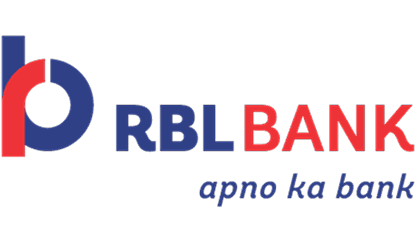Pre-engineered buildings (PEBs) are no longer a niche solution; they have become a critical asset for India's micro, small and medium enterprises (MSMEs). Their modularity, speed of construction and lower life-cycle costs make them particularly appealing to manufacturers, warehouses and logistics operators. In 2025, key trends are emerging that can redefine how MSMEs adopt and benefit from PEBs—especially in terms of sustainability, technology and efficiency.
Why 2025 is a turning point for MSME-led infrastructure growth
According to the Ministry of MSME, over 63 million MSMEs drive nearly 30% of India’s GDP. As global supply chains demand faster, more adaptable production systems, MSMEs must upgrade their infrastructure. Pre-engineered buildings are central to this evolution—offering customisation, expansion capability, and green certifications. In a year defined by climate responsibility and digital acceleration, these trends are reshaping expectations from industrial construction.
1. Sustainability: going beyond compliance
Green building norms are increasingly mandatory in industrial zones. PEBs lend themselves naturally to this shift. Their use of recyclable steel, energy-efficient roofing, and lower embodied carbon positions them as a sustainable alternative to conventional RCC structures.
Solar-ready roofs - Built-in design features for photovoltaic panel installation.
Thermally efficient materials - Use of insulated panels and cool roofing to reduce HVAC load.
Life-cycle advantage - PEBs have 30–40% less carbon impact over 50 years compared to traditional buildings (Source: Indian Green Building Council).
2. Automation and smart systems integration
Smart PEBs are no longer futuristic—they’re a reality in sectors such as food processing, logistics and precision engineering.
IoT and remote monitoring - Sensors embedded in the structure for load, vibration and temperature analysis.
Building management systems (BMS) - For energy usage control, security, and lighting.
Predictive maintenance - Structural health monitoring reduces repair downtime and prolongs life.
By incorporating these technologies, MSMEs can reduce energy costs by 15–20% and maintenance costs by up to 30%.
3. Modular and scalable design for business flexibility
The ability to expand laterally or vertically is a key draw for MSMEs that are uncertain about future capacity needs.
Modular bays - Easily added to increase floor area.
Mezzanine integration - For storage or administrative use.
Relocatable components - Ideal for leased industrial parks.
Scalability allows firms to phase their investments as revenues grow, without halting operations during expansion.
4. Durable and weather-resistant materials
Climate resilience is now a boardroom issue. PEB manufacturers are incorporating:
Galvalume sheets - For high corrosion resistance in coastal or humid areas.
PUF and rockwool panels - For insulation and fire resistance.
Steel with IS 2062 E350/450 grades - Engineered for strength and ductility, conforming to BIS standards.
The use of quality steel and coatings ensures performance for 30–50 years with minimal structural degradation.
5. Digital design tools and BIM adoption
Building Information Modelling (BIM) and parametric 3D design tools are revolutionising project delivery timelines.
Clash detection - Reduces rework during assembly.
Faster approvals - Clearer documentation shortens compliance loops.
Cost accuracy - Bill of quantities (BOQ) integration reduces budget overruns.
Digital workflows are especially useful for MSMEs working with turnkey contractors or managing multi-site expansions.
6. Government incentives and industrial zoning reforms
Schemes such as the Zero Effect Zero Defect (ZED) certification and plug-and-play industrial parks are encouraging faster infrastructure deployment.
Capital subsidy on green buildings (under MSME-SAMBANDH)
Interest subvention for energy-efficient retrofits
Ease of land acquisition in notified MSME clusters
Government push towards formalisation and digitisation aligns well with the plug-and-play nature of PEBs.
Conclusion: a strategic imperative, not just an option
As PEB technology matures, 2025 marks the year when MSMEs must stop seeing it as a premium alternative and start treating it as a mainstream growth enabler. From carbon reporting to just-in-time manufacturing, infrastructure built on PEB principles offers unmatched adaptability.
For MSMEs, embracing these trends is not about keeping up—it’s about staying ahead.




 +91 7208055523
+91 7208055523
 Help & support
Help & support
